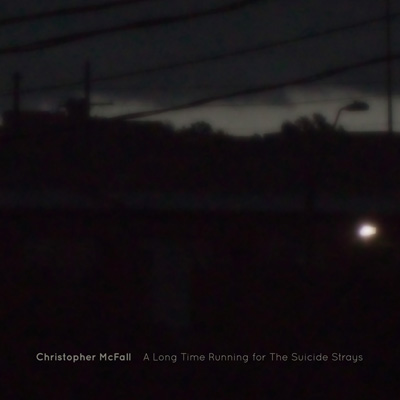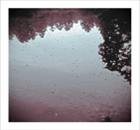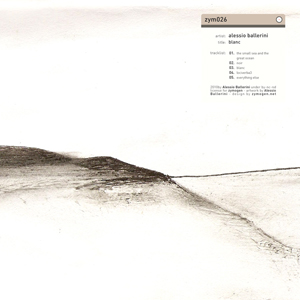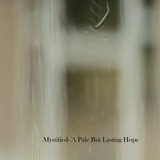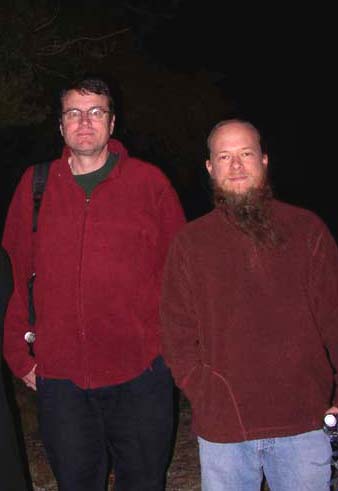Processes of Other Artists
The large compilation on Vuzh Music called “The More Unknown C. Reider” has been a very revealing way for me to observe the processes of some of the composers and artists that I count among my peers and comrades in the musical underground. How does a composer approach and utilize a sound? This question is very interesting to me. Each of the artists who contributed their work to the compilation were tasked with selecting sounds that I had authored over the course of my creative life and assembling them into new shapes & forms. Since the original sounds were so familiar to me, I had a unique perspective for attempting to understand how each artist chose which sounds to use and how to use them. This kind of analysis is fascinating to me, and is part of the way I listen to music in general, aside from pure holistic enjoyment.
–
A few of the contributing composers have made this analysis more accessible by having written some descriptions of their processes and thoughts about their own work. I’ve read each of these with consideration, and I recommend reading them!
–
Steve Burnett of Subscape Annex talks about working with the entire Drone Forest album .Point, on his cleverly titled “Qutub” which appears on part 3 of the compilation. He includes a screenshot of his multitracker during his working process at his LiveJournal post.
–
Perennial internet pal LokiLokust of Keziah Mason talks about how he forged that swirling electronic maelstrom that appears on part 3 of the compilation by extracting sounds from the run-in & run-out grooves and physical manipulation of my vinyl release “Amy’s Arms / metacollage” in his tumblr post.
–
Dave Seidel of Mysterybear described his use of a tiny fragment of Noam Chomsky’s voice from my 2008 release “Linguism” at a CSound forum.
–
John Ingram from Intelligent Machinery suggests that he secretly and pseudonymously contributed to the comp at his blog.
–
Comrade & peer Robert Nunnally, a.k.a. Gurdonark provides a thoughtful and accurate analysis of my music before discussing his own music and his piece “Where” on his blog.
–
A few quotes from that last one:
Perhaps the unifying thread of his varying music is that rather than being “music-as-sound” in the ambient formulation, it is “sound-as-music”. The sounds are interesting, and somehow, a bit improbably, they add up to music. His pieces rarely cause one to float away on a sea of melody, nor do they paste one against the wall in the way of noise. They happen in their own little created universe, aware of but not entombed in anyone else’s universe, and they are their own thing. I listen to C. Reider music for some of the same reasons I read science fiction–it offers me a kind of escape into different ideas, all served up with a kind of unpretentious earnest grace.
–
From his vantage point as a listener, Robert has gleaned some of my own working processes and goals and summarized them very astutely in this paragraph.
–
This kind of listening can be very rewarding. Are you listening?
